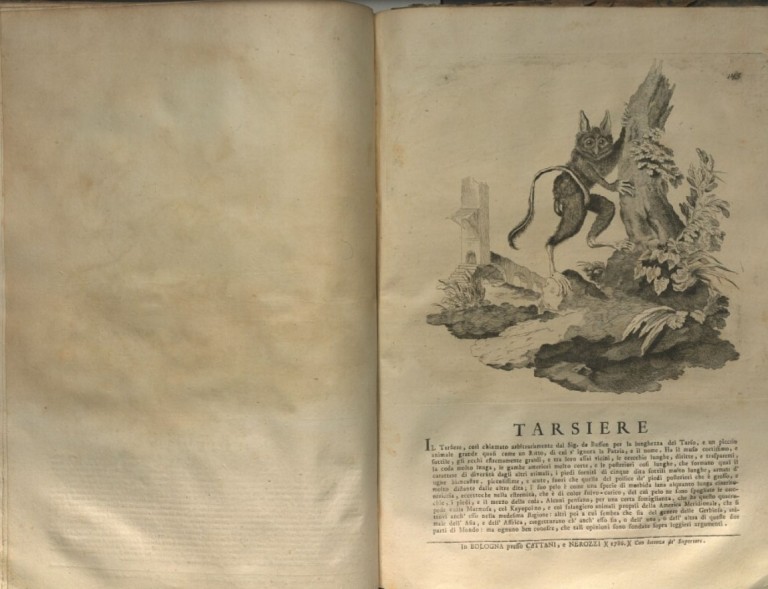
The printed works
The Library has about 850,000 volumes and brochures. The original core of the collections consists of the library funds of the conventual libraries, which were received by the Municipality of Bologna after the suppression of the religious corporations; it has been constantly enriched over time by purchases and donations.
Details

Manuscripts
The Library has a large collection (around 8.500 manuscripts), ranging from the 10th century to the present (in particular, from the 16th century to the 19th century). The collections are mainly of documentary, historical and textual interest, but also include works of considerable bibliographic rarity and artistic and antiquarian value. Manuscript collections are included among the Library’s Archival and documentary collections.
Details

Fondi archivistici e raccolte documentarie
I fondi archivistici e le raccolte documentarie della Biblioteca dell’Archiginnasio, che spaziano dal X secolo all’attuale (in particolare secoli XVI - XIX), costituiscono parte cospicua dei fondi della Biblioteca.
Details

Disegni, stampe, fotografie e cartoline
Presso il Gabinetto disegni e stampe sono conservate migliaia di disegni, stampe e fotografie di interesse artistico, storico e documentario, in particolare per lo studio dell'iconografia bolognese, delle vicende e della vita culturale della città fra il XVI e il XXI secolo.
Details

Deposito legale
Al fine di conservare la memoria della cultura e della vita sociale italiana la Legge n. 106/2004 prevede il deposito obbligatorio presso determinate biblioteche di copia di tutte le pubblicazioni prodotte in Italia.
Details

Carta delle Collezioni
La Carta delle Collezioni è il documento che guida e rende espliciti i criteri che stanno alla base della formazione, dell'incremento e della gestione delle raccolte nelle nostre biblioteche.
Details
search
